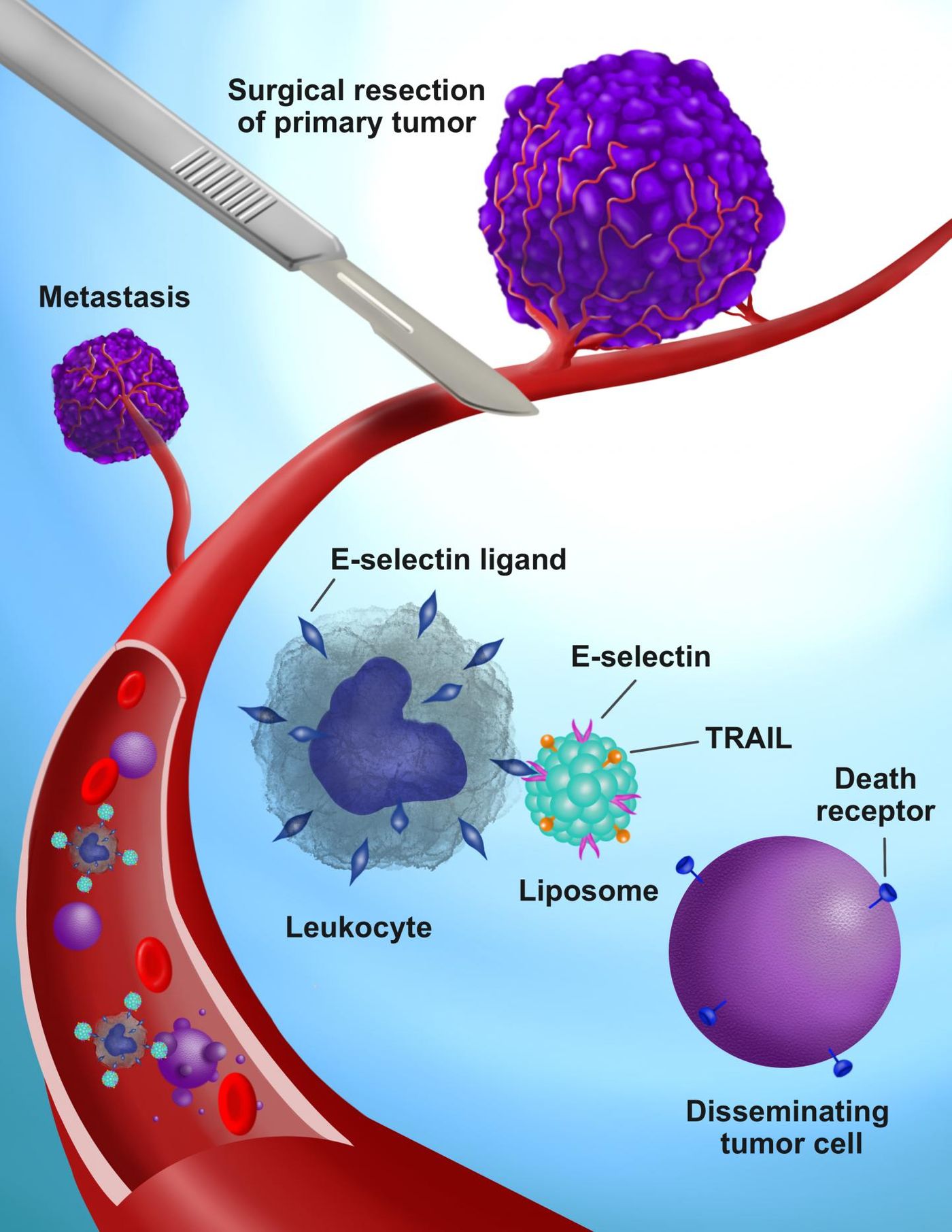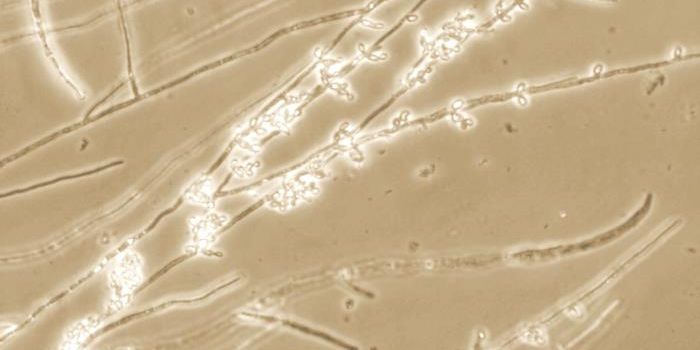Stopping Metastasis After Breast Cancer Surgery
Removing cancerous tumors is a common procedure in oncology, especially breast cancer. Metastasis after surgery still poses a serious challenge to recovering patients, however, and cancer is at its most deadly after it metastasizes. Now, scientists have developed a way to track and destroy cancerous cells that escape during surgery. The work, which has been reported in Science Advances, may be especially helpful to people suffering from triple-negative breast cancer.
Breast cancer surgery is known to be a cause of metastasis, and can cause the disease to relapse faster. Cancer cells that are shed during surgery and inflammation at the site of the surgical wound can both lead to relapse. The most common treatment is chemotherapy, but breast cancer remains the second leading cause of death for women between the ages of 20 and 59.
Led by Michael King, the J. Lawrence Wilson Professor of Engineering and chair of the biomedical engineering department, investigators utilized two molecules to reduce post-surgical metastasis. TNF-related apoptosis-inducing ligand - or TRAIL is known to trigger programmed cell death exclusively in cancer cells. E-selectin is the adhesion receptor, and previous work has shown that E-selectin–TRAIL liposomes can attach to white blood cells called leukocytes, and will then move to cancer cells.
Leukocytes bound to TRAIL that are injected before, during and after the surgical removal of a tumor can kill the cancer cells that break free in the process. All the pieces of this complex are natural parts of the body as well, which increases the likelihood that they will be acceptable in human trials.
"Collisions between the TRAIL-coated leukocytes and cancer cells in the bloodstream are happening constantly," King said. "We've tested this both in the bloodstream and in hundreds of blood samples from cancer patients being treated in clinics across the country. In all cases, within two hours, the viable cancer cells are cleared out. This has worked with breast, prostate, ovarian, colorectal and lung cancer cells."
This method may not only benefit people undergoing surgery, noted King. It may also help patients with metastatic cancer that has spread to different sites, and who are not left with many options.
Previous work required multiple infections to sustain the therapeutic impact of TRAIL-coated leukocytes, the group’s previous work has shown. They have solved that problem, said King, by using three doses that are coordinated with the surgery.
Sources: AAAS/Eurekalert! via Vanderbilt University, Science Advances
-
MAY 07, 2024Is It Anti-RNP or Anti-Sm/RNP?
- See More
-
APR 30, 2024Immuno-Oncology Virtual Event Series 2024
-
MAY 07, 20243rd International Biosecurity Virtual Symposium
-
MAY 23, 2024For the Love of Digital PCR 2024
- See More


















































